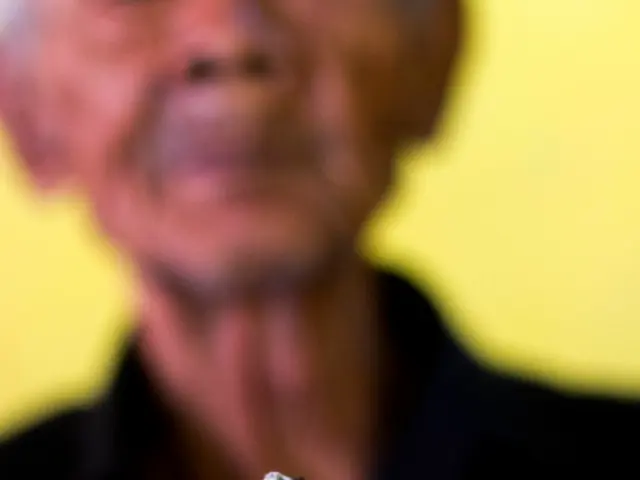Navigating Diabetes During Travel: Important Factors to Keep in Mind
When embarking on a journey, individuals with diabetes face unique challenges in managing their blood sugar levels. Here are some key tips for a safe and enjoyable trip.
Firstly, it's essential to be aware of the potential link between travel symptoms and blood sugar levels. Motion sickness, caused by the brain interpreting conflicting information from the eyes and balance organs, can lead to symptoms like dizziness, pallor, cold sweat, and nausea. Gastrointestinal infections, which can cause nausea, vomiting, watery diarrhea, and abdominal cramps, can also increase the risk of low blood sugar.
In such situations, it's better to inject short-acting insulin just after meals to avoid the risk of low blood sugar if vomiting occurs before the meal. It's also crucial to measure blood sugar levels immediately if feeling unwell during a trip.
Motion sickness, stomach bugs, or high blood sugar can cause symptoms like dizziness, nausea, or fatigue. Therefore, measuring blood sugar levels can provide valuable information for managing symptoms and ensuring safety during travel.
Low temperatures in the cargo hold of a plane can affect insulin, so it should be stored in the cabin. If traveling by plane, it's important to pack glucose tablets, glucose-containing drinks, a glucagon kit, and insulin in your carry-on luggage. A doctor's note can help avoid issues at the airport when traveling with insulin and other diabetes-related equipment.
On vacation, it's advisable to check blood sugar levels more frequently, especially in hot or cold weather, at unusual altitudes, or during physical activity. Experts advise packing two to three times the amount of medication needed for a trip.
Traveling as a diabetic poses risks due to changes in routine, diet, physical activity, insulin timing, and stress. To avoid hypoglycemia or hyperglycemia, diabetics should closely monitor blood glucose, carry appropriate medications and snacks, adjust insulin doses with physical activity, and maintain regular meal times.
It's important for individuals with diabetes to consult a doctor before travel to prepare for potential symptoms and manage them effectively. German Diabetes Aid (DiabetesDE) is raising awareness about the potential link between travel symptoms and blood sugar levels. Discussing potential travel risks and management strategies with a doctor can help ensure safety during travel for individuals with diabetes.
Remember, low or high blood sugar during travel can have serious consequences and should be addressed promptly. High blood sugar often comes with nausea and other symptoms including difficulty concentrating, fatigue, vision problems, extreme thirst, and frequent urination. Low blood sugar can cause symptoms like shaking, sweating, hunger, rapid heartbeat, irritability, nausea, or fatigue.
By following these tips and working closely with healthcare professionals, individuals with diabetes can enjoy a safe and enjoyable travel experience.






